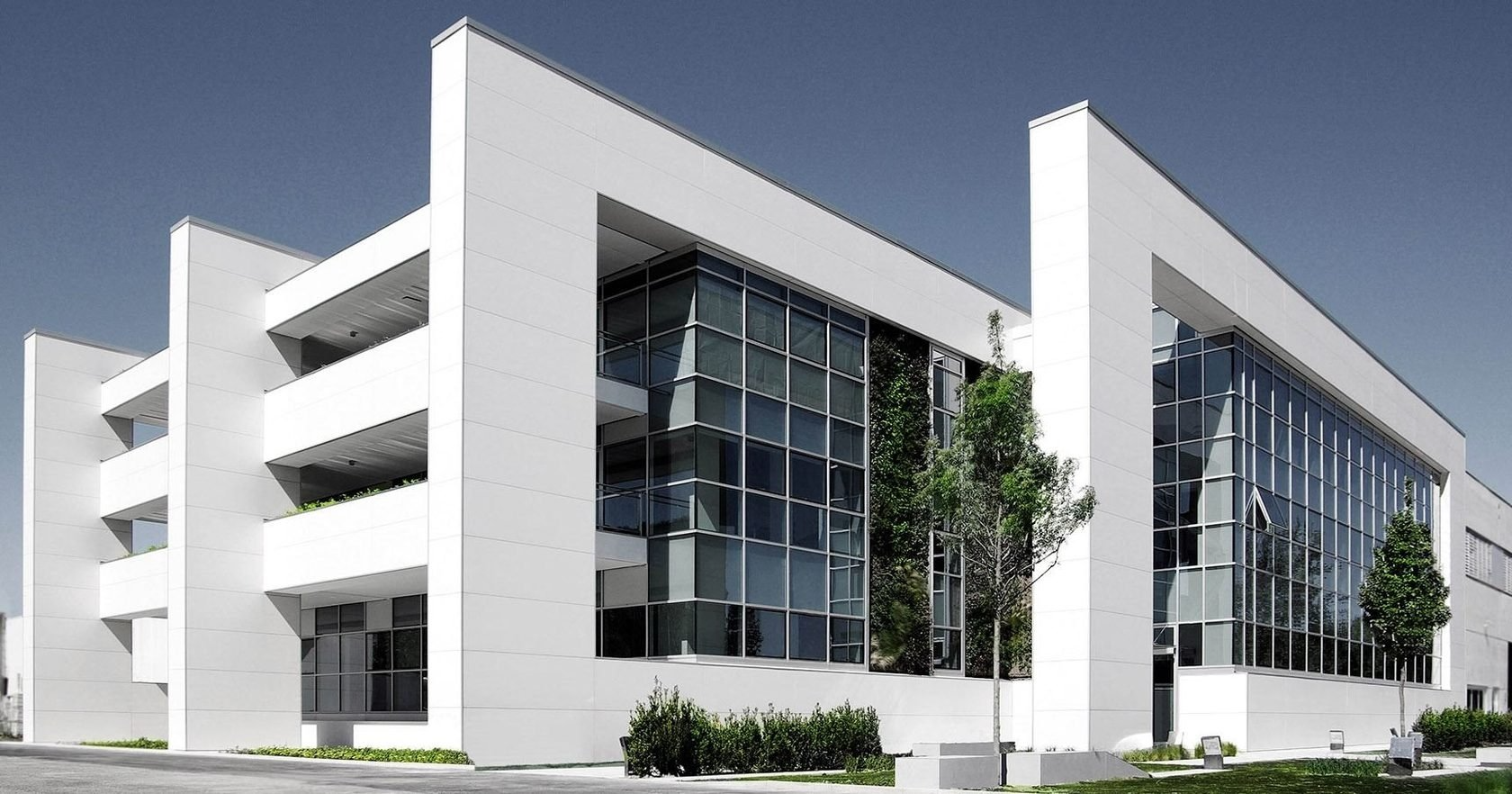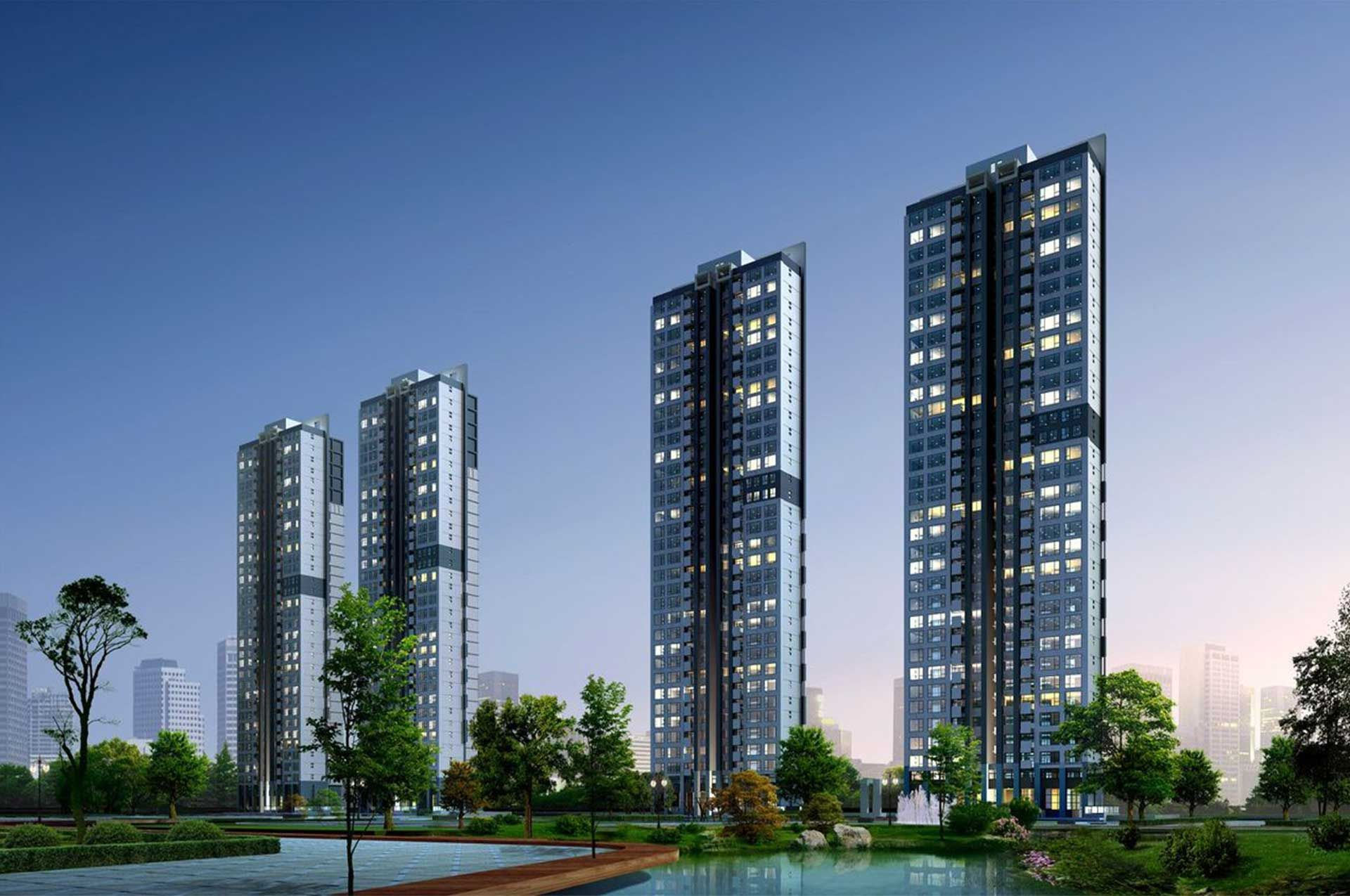- Central bank seen cutting key rate 25 basis points to 5.75%
- Policymakers expect inflation to ease to around 4% this year
Gift this article
Have a confidential tip for our reporters? Get in TouchBefore it’s here, it’s on the Bloomberg Terminal LEARN MORE
By Misha Savic
September 12, 2024 at 11:00 AM GMT+7
Save
Listen
1:56
Serbia is poised to resume monetary easing after a pause last month as the central bank forecasts inflation to slow further and European and US policymakers are expected to lower interest rates.
The National Bank of Serbia will reduce its one-week repurchase rate by a quarter of a percentage point to 5.75% on Thursday, according to 12 among 17 economists in a Bloomberg survey. The others see no change in the benchmark.
Serbia paused easing in August after two cuts as rate-setters considered lingering price pressures amid robust economic growth. While a spike in food prices pushed inflation up to 4.3% in July after 15 months of declines, the downward trend probably resumed in August.
The statistics office is due to publish price-growth data for August at the same time as the central bank announces its decision at noon local time.
The central bank will likely cut by a quarter point in both September and October, “bringing the policy rate to 5.50% by year-end and further down to 4.50% in 2025,” Mauro Giorgio Marrano, an economist at UniCredit SpA, said in a note. A cut on Thursday is supported by the inflation outlook, expected moves by the European Central Bank and Federal Reserve, as well as pressure on Serbia’s currency, he said.
The ECB will probably deliver a reduction in interest rates just hours after policymakers in Belgrade announce their decision. The Federal Reserve is expected to follow suit on Sept. 18.
Lowering the key rate should help ease appreciation pressures on the dinar, which Serbia keeps in a tight range against the euro in a so-called managed float. The NBS bought a net €1.84 billion ($2 billion) on the local market in the first eight months to ease demand for the dinar.
Serbia’s first-half economic expansion of 4.3% was among the strongest in Europe, despite a slowdown in the second quarter. The government anticipates annual growth of 3.8% this year.
— With assistance from Harumi Ichikura





